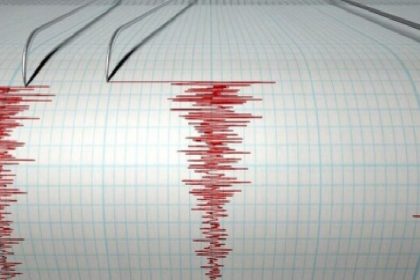The James Webb Space Telescope identified dust seeds as much as bacteria in a cosmic uterus. The image shows Herbig Haro 30 (HH 30), which is a bright area that surrounds a young star in the constellation of the cow.
According to RCO News AgencyThe planets are composed of dust and gas in a pre -raid disc, a rotating area of the material that surrounds the young stars.
The James Web space telescope has now revealed a bright and unprecedented view of gas and dust around a distant young star.
Interestingly, the powerful James Web, with its unbelievable sensitivity, has observed the dust seeds that are the size of the bacterium, which eventually become planets.
This newly released image shows Herbig Haro 30 (HH 30), a brilliant area that surrounds a young star in the constellation of the cow. The Harbig Haro 30 is located in the dark cloud of LDN 1551, which is 450 light -years in the constellation of the cow. This cloud of gas and dust is a star cradle in which young stars are forming.
Harbig Haro 30 is the brilliant areas found in these stars. Fountain throwing from young stars to the area around HH30.
Although the young star is hidden by its dusty disc, its powerful winds and foil hit the surrounding gas and dust and create a shock waves.
Observations on how many wavelengths
Astronomers are particularly interested in “HH 30” because the disc is quite clear that it gives them a unique perspective and allows them to study the vital process of planet formation in unprecedented details.
These luminous dust chambers help astronomers understand how the stars interact with their surroundings, especially how dust grains move in pre -inductive discs and place that is a key step in the formation of planets.
The Hubble Space Telescope presented the first glance at the star’s mass, but with its infrared view, James Webm has deeper into it and reveals the dust distribution inside its disc.
Astronomers have collected a comprehensive image by combining James Web’s observations and Hubble’s (Alma) undercm (Alma).
These telescopes provide information about “HH 30” and its disk at multiple wavelengths.
Alma’s long wavelength observations show the larger, millimeter dust grains that are focused on the discs of the disk. The infrared data of James Web also shows that the distribution of much smaller grains is almost as wide as bacteria.
The European Space Agency’s (ESA) press statement says: These seeds are only one million meters wide and are almost about a bacterium. Creating a narrow, dense layer of dust is an important step in the process of formation of the planet. In this dense area, the dust grains are gathered together and the pebbles and finally the planets themselves.
The possibility of forming planets
James Web’s observations of HH 30 have shown that larger dust grains migrate in the disc and are placed in a thin layer.
This separation of dust is an important step in the formation of the planet. The larger grains that are drawn by the force of gravity form a thin, dense layer. They collide and stick together and turn into pebbles and then larger rocks and eventually the planets.
These hybrid observations show a complex and dynamic environment. A high -speed fountain comes out of the star that is surrounded by a wider conical current, and beyond, a broad nebula reflects the star’s light.
“HH 30” is an active environment in which small dust and powerful fountains are involved in the complex process of formation of the planet, and a combination of multiple telescopes give astronomers a precise view of this dynamic process.
The end of the message
(tagstotranslate) James Webb space
RCO NEWS
















